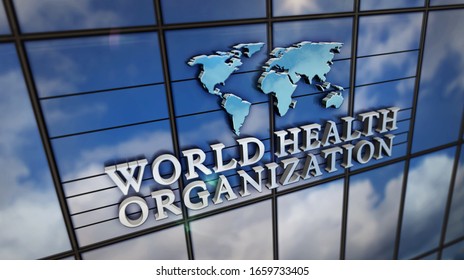
By Fatima Saka
The World Health Organization (WHO) has called on the African governments to deepen efforts toward integrating comprehensive eye care into national health systems, as millions across the continent continue to suffer from preventable vision loss and blindness.
In a message commemorating World Sight Day 2025, observed on Thursday 9 the WHO Regional Director for Africa, Dr. Mohamed Yakub Janabi emphasized that good vision is vital for overall well-being, academic achievement, employment opportunities, and economic productivity. However, vision impairment remains a growing public health concern in the region, with the number of affected individuals projected to rise without immediate, targeted interventions.
The WHO noted that Africa has made notable progress in reducing vision loss caused by diseases such as vitamin A deficiency, onchocerciasis, and trachoma. Yet, the region now faces new and complex challenges, including aging populations, unhealthy diets, sedentary lifestyles, environmental changes, and the rise of non-communicable diseases — all of which have contributed to an increase in preventable conditions like refractive errors and cataracts.
To address these issues, several global and regional initiatives have been implemented. Among them is Vision 2020: The Right to Sight, a landmark initiative aimed at eliminating avoidable blindness by strengthening cataract services and promoting cost-effective eye care. Building on that foundation, the World Health Assembly’s 2021 decision (WHA74(12)) set new global targets to increase the coverage of refractive error services by 40 percentage points and cataract surgery by 30 percentage points by the year 2030.
Further advancing this goal, the SPECS 2030 initiative, launched by WHO in June 2024, envisions universal access to quality, affordable, and people-centered refractive services. So far, eight African countries have begun implementing the initiative, engaging stakeholders, and developing national work plans.
Despite these efforts, WHO expressed concern over persistent gaps. As of 2021, only 32% of African Member States had national policies specifically addressing vision loss and blindness. Effective coverage for cataract surgery remains at 26%, while refractive error coverage stands at 30%, meaning that the majority of people in need of these essential services still go untreated.
The organization called for stronger health system integration, increased investments, and evidence-based national strategies to expand access to eye care. In line with resolution WHA78.7, Member States are also encouraged to integrate sensory care and assistive technologies into health benefit packages, strengthen the eye health workforce, and improve data systems to inform policy.
WHO urged policymakers to leverage World Sight Day as a platform to raise awareness, combat stigma, and promote early detection through community education and routine screening. Countries are encouraged to use digital innovations such as WHO Eyes, a free smartphone application for vision assessment, to enhance surveillance and advocacy.
As the global health community marks World Sight Day, WHO is reminding individuals to take proactive steps toward protecting their vision, including regular eye examinations, timely treatment, and healthy lifestyle choices. Through collective action at both personal and policy levels, the goal of achieving universal eye health in Africa remains within reach.





